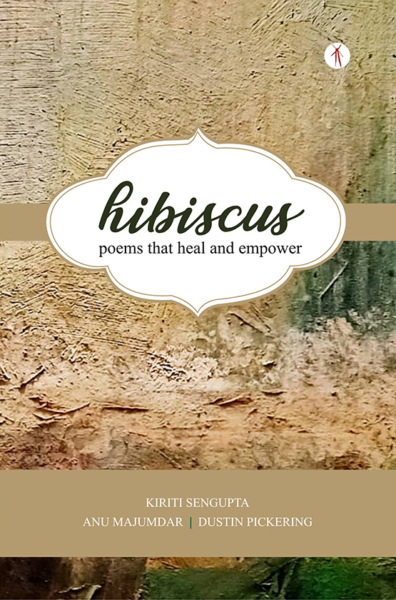
Painting by Gautam Benegal
Cover designed by Bitan Chakraborty
Empowerment precedes healing. Honestly, when I conceived Hibiscus, I was particularly keen on curating poems that address healing. Anu Majumdar, one of the associate editors, proposed “empowerment” to the theme. It was an eye-opening moment.
Where does healing lead to? As a clinician myself, I can tell you, healing is not all about back to normalcy, or in other words, restoration of the state of being. Healing imparts strength. It renders authority. Post-extraction, the edentulous gum gradually turns hard to aid in chewing, and at times, it rejects prosthesis.
For Hibiscus, we set specific guidelines—we solicited unpublished poems on “Healing and Empowerment,” and each poem to end within 14 lines. This limit was imposed based on my experience of reading poetry by a wide variety of poets: both young and veteran, and from various demography. I remember Don Martin (he edited quite a few of my books) wrote in his foreword to My Glass of Wine, “I see too many poets who try to be flowery just for the sake of being flowery like they are being paid by the word or something.” Frankly, a lack of brevity gives me endless agony. I’ve nothing against a long poem or long-long poem—we have plenty of classical long poems in literature. Even then, the relevance of “concision” cannot be overruled.
We have received many poems across the world. One hundred fifty-three poets—a hell of a lot! We will keep only the bests. The COVID-19 has not only impaired the world economy and mobility as well as the positioning of people, but it has also cautioned us to become sensible and diligent. Our Hibiscus will bloom amid corona infestation, self-isolation, unemployment, famine, and suffering. The anthology will comfort and rejuvenate the readers to step into a world that might not allow reckless lifestyles we are used to. Self-restraint comes for a price.
Wounds are impressive: they bleed, itch, ache, and enlighten. What about the laceration of the soul? It is invisible but never ceases to make its presence felt at every crucial juncture of life. The resultant scar is the real master who teaches us the essence of healing and, thus, empowerment. Let me quote Sanjeev Sethi: “Some wounds require / healing of the hurt” [Source: “Life Lesson,” from This Summer and That Summer]. Hibiscus will assuage the bruises of the spirit.
Empowerment is a spontaneous phenomenon. It exposes man to more injuries—a lot more scratches. I will cite an excerpt from an email* of late professor Anupam Banerji (University of Waterloo, Canada), an accomplished architect and painter: “There is no maturity without experiencing adversity. One has to pull roots to ascend towards light and elevation…one never grows up unless one is daring enough to forsake familiarity, dependence, and comfort. Once you leave, [the] return is impossible. Homecoming is a myth.” What is maturity? How can someone renounce a tradition if not healed internally? It is a prerequisite for accreditation.
Finally, I’m thankful to all contributing poets for trusting our vision. My hearty gratitude goes to the associate editors (Dustin Pickering and Anu Majumdar), and Bitan Chakraborty (founder of Hawakal Publishers) who are working tirelessly on the project. I’m grateful to Gautam Benegal, who has donated Farishta, one of his paintings, for designing the cover.
Let Hibiscus blossom.
*Permission obtained from Dipankar Mukhopadhyay.

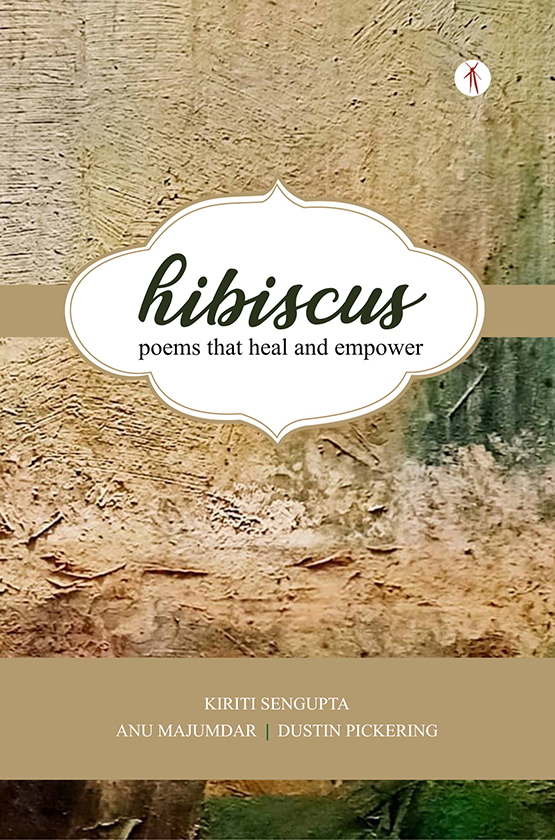
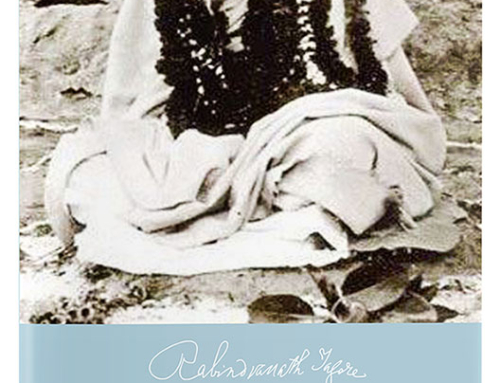
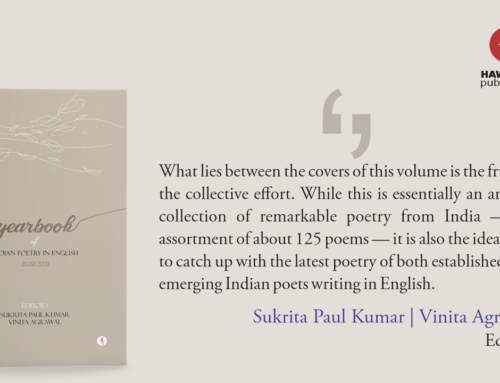
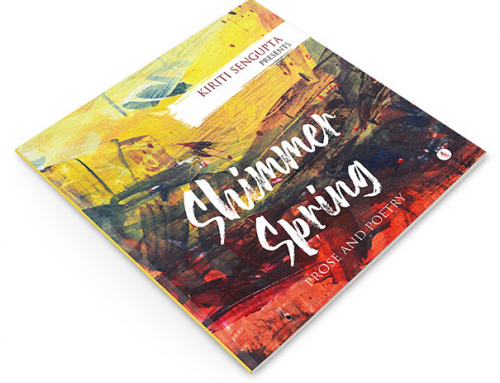
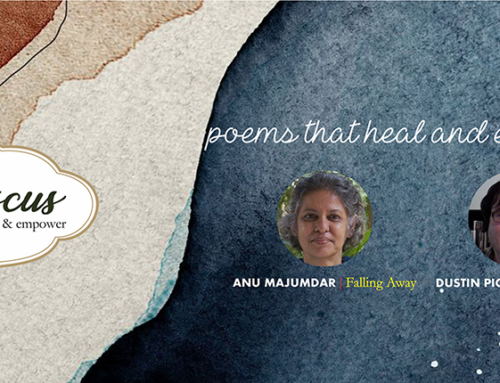
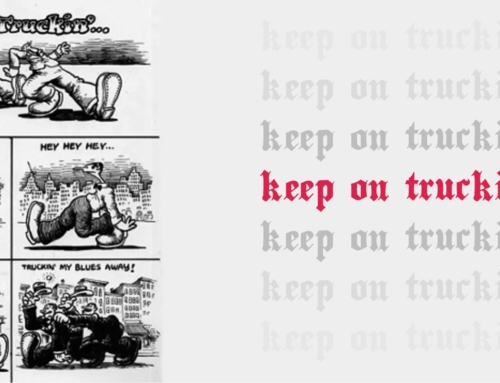
Insightful and positive post. Looking forward to the release of Hibiscus. It’s a beautiful book cover, and I’m sure the handpicked poems will do it complete justice. All the best!
Very well expressed. Best wishes.
A beautiful initiative. Enhances a feeling of warm camaderie when all of us are incarcerated in our own little islands. It kindles with love and care the flame of hope for the next morning. Waiting eagerly.
Covid has influenced every part of our life…I ‘m sure the anthology will reflect that.
Congratulations, Kiriti:
this is a worthy proem to Hibiscus.
Eloquently worded and well-researched. All the best for the project.
All the very best for this enabling, empowering journey ahead, with HIBISCUS. The cover design is wonderful too.
This is a great thought and an excellent way to bring healing and power to people who need it. Doing this in the form of beautiful words makes it super special, for word lovers in general. I congratulate all poets and artistic contributors who came together to make this happen. Great job!